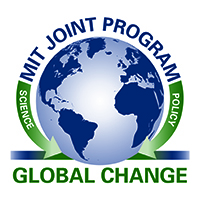
A curriculum built around a rotating-tank experiment could improve weather and climate education
In recent years, U.S. undergraduates have shown an increasing interest in introductory meteorology, oceanography and climate classes. But many students find it difficult to grasp the non-intuitive nature of rotating fluids, which is critical to understanding how weather systems and climate work. Part of the problem, it turns out, is that instructors usually have to teach these abstract concepts using only equations or computer simulations because of the limited resources available for lab experiments.
That may be about to change, thanks to the work of two educators from the Department of Earth, Atmospheric and Planetary Sciences. For nearly a decade, Lodovica Illari, an EAPS senior lecturer, and John Marshall, professor of atmospheric and oceanic sciences, have been developing an undergraduate weather and climate curriculum that's now being adopted by dozens of schools — and could have a wide impact on science education at many levels.
Known as "Weather in a Tank," the experiment-based curriculum was designed by Illari and Marshall in 2001 after they began offering an introductory weather and climate class that would also fulfill their students' lab requirements.
Since 2006, the curriculum has been tested in a project funded by the National Science Foundation (NSF), which involves MIT and five other universities. The intent was to bridge the gap between real-world weather phenomena and the theories and equations that describe those phenomena. Illari says that we should think of lab experiments as the third leg of a three-legged pedagogical stool that includes observation and theory.
[More... ]

